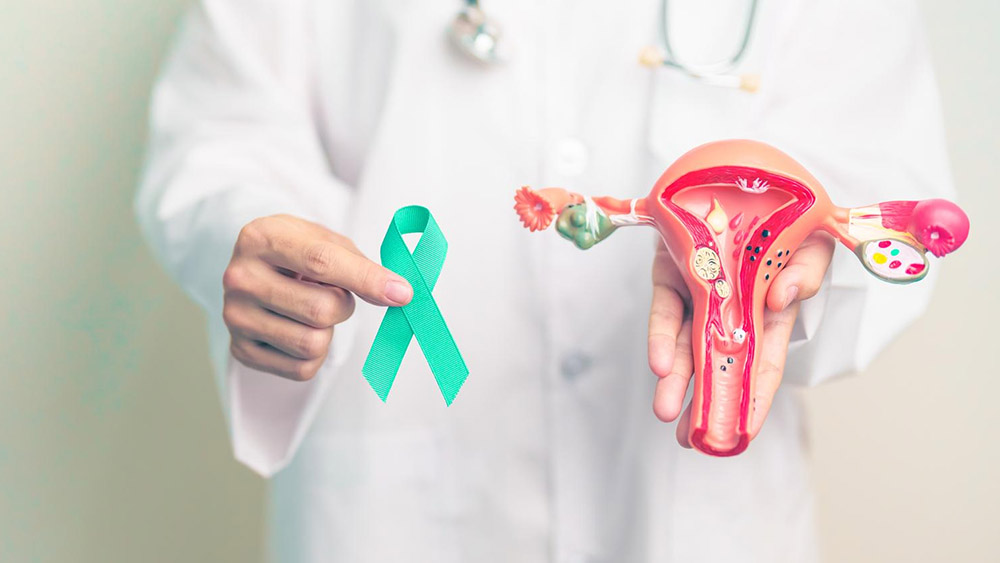Understanding cervical cancer and its impact
It begins to form in the cells of the cervix, which is the lower part of the uterus, and it joins with the vagina. A very common cause of almost all cervical cancers is a form of virus called human papillomavirus, or HPV. It’s an extremely common virus, and virtually every person who has ever been sexually active will have contracted HPV at some point in their lifetime. While many infections with these types of HPV resolve spontaneously, other types can cause cancer if they are not caught.
The burden of cervical cancer is substantial. Almost 600,000 people suffer from the disease and, unfortunately, about 300,000 patients succumb to this illness, which can be quite effectively prevented. Low- and middle-income countries carry out most of the burden in this disease, as lack of access to prevention and services for screening and cure constitute the reason for more than 90% of cases reported in these regions of countries. Cervical Cancer Elimination Day affords us a chance to cover up all gaps that brought such an incurable state on our globe.
The Three Pillars of Cervical Cancer Elimination
- Vaccination: The HPV vaccine is quite potent against infection from the main HPV types that cause most cases of cervical cancer. According to WHO, prevention and control of the condition through vaccination should focus mainly on girls aged 9-14 years. Gains in access to vaccination the HPV should mainly benefit underserved areas with regards to the complete removal of cervical cancer worldwide.
- Screening: Screening detects cervical changes and early signs of cancer before symptoms appear. WHO recommends that women should be screened at least twice in their lifetime. With widely available and affordable screening, providers can detect lesions before they become cancerous. The further development of cervical cancer is significantly reduced by the early detection of precancerous lesions.
- Treatment: Cervical cancer is very treatable because it can be found and treated at an early stage, and survival for all stages exceeds 90% in many low-resource areas. Ensuring a shot at beating this cancer, therefore, requires broadened access to effective treatment methods, such as surgery for precancerous cells, or radiotherapy, and bringing these treatments nearer the communities.
How Cervical Cancer Elimination Day Drives Action
- Raising Awareness: Cervical Cancer Elimination Day brings light to cervical health and challenges women to get screened from time to time and take the vaccine. Awareness programmes break the myths about HPV and cervical cancer and their prevention as the best treatment.
- Advocating for Policy Change: The day inspires advocacy efforts to have cervical cancer elimination strategies included in national health policies. This would mean that the governments can be able to guarantee the allocation of all resources needed to provide vaccines against HPV, screening, and treatments so that every woman gets them, especially the ones in rural and less privileged areas.
- Empowering Communities: Grassroots activities and events help raise awareness in these communities, educating the community on cervical cancer prevention. Such grassroots efforts, especially in lower-income communities, motivate women to access screenings, get vaccinated, and know their health rights.
How You Can Support Cervical Cancer Elimination
- Spread the Word: Use social media, blogs, and community networks to spread information about Cervical Cancer Elimination Day. Awareness can be spread to encourage others to take preventive steps or push policymakers to give importance to cervical cancer programs.
- Vaccinate and Screen: If eligible to get the HPV vaccine or have a cervical cancer screening, do it. Share with family and friends measures to prevent cervical cancer and other types of cervical cancer.
- Supporting efforts in Local and Global Programs: There are organizations fighting to make it possible for all individuals to gain access to HPV vaccination, screening, and treatment services. Any individual can donate their time or resources to such an organization to ensure cervical cancer becomes a thing of the past.





